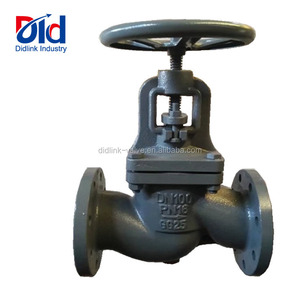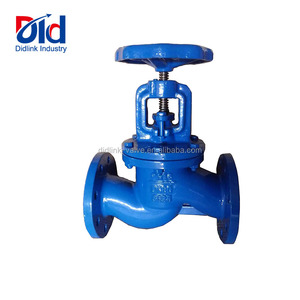Introducing the GG25 Globe Valve
The GG25 globe valve is a robust and versatile component widely used in various industries for regulating fluid flow. Known for its durability and efficient design, the GG25 globe valve is an essential choice for facilities requiring reliable performance in controlling the flow of liquids and gases. It operates through a linear motion mechanism that opens or closes the flow path by raising or lowering a disk against a seat. Its design allows for fine-tuning of fluid control and is ideal for applications requiring precise regulation.
Types of GG25 Globe Valves
Understanding the variations of the GG25 globe valve is crucial for selecting the right type for your needs. The main types include:
- Straight-Through Globe Valve: Ideal for minimal pressure drop, enhancing flow efficiency.
- Angle Globe Valve: Suitable for applications involving piping layouts that require directional changes.
- Stop Valve: Designed for isolating or regulating fluid flow in pipelines.
- Reflux Valve: Prevents backflow in systems, ensuring the correct flow direction is maintained.
Applications of GG25 Globe Valve
The versatility of the GG25 globe valve allows it to be utilized across a wide array of applications:
- Water Supply Systems: Essential for controlling the flow in municipal and industrial water distribution.
- Heating Applications: Commonly used in heating systems to regulate hot water or steam flow.
- Chemical Processing: Perfect for managing the flow of corrosive substances in the chemical and petrochemical industries.
- Power Generation: Employed in turbine systems and central heating plants for efficient steam control.
Features and Advantages of GG25 Globe Valve
The GG25 globe valve stands out due to its superior features and advantages:
- Durability: Manufactured from high-grade materials that can withstand high pressures and temperatures.
- Precise Control: The linear motion design allows for accurate flow regulation, minimizing turbulent flow.
- Versatile Installation: Can be installed in various orientations, offering flexibility in system design.
- Low Maintenance: Designed for easy maintenance, reducing downtime and servicing costs.
- Corrosion Resistance: Typically coated with materials that resist corrosive environments, enhancing longevity.


































































































































































